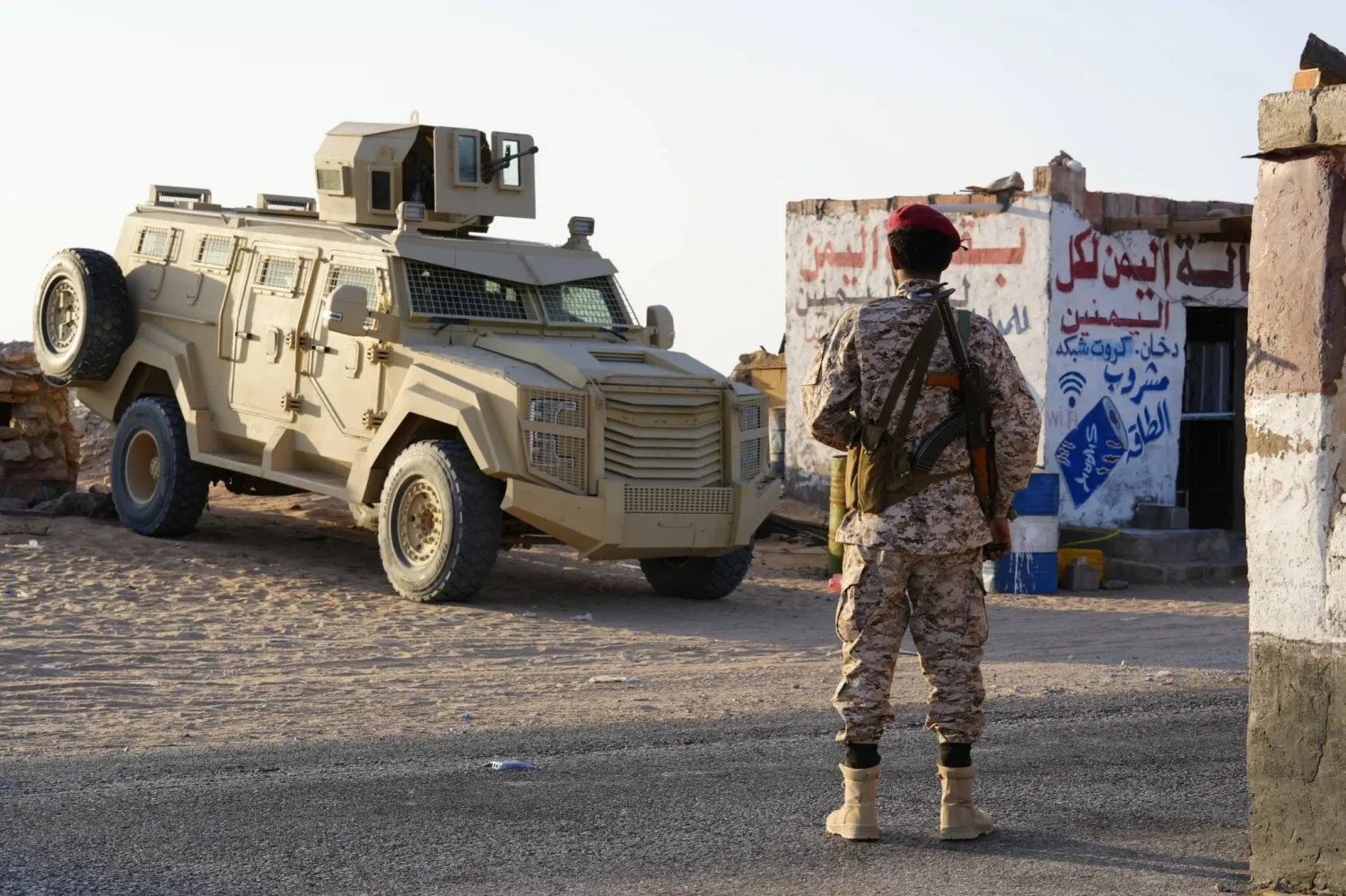International organizations said that about three million children in Sudan are acutely malnourished, of which 650,000 suffer from severe acute malnutrition and need care.
These children are mainly in Darfur and Kordofan states in western Sudan and the Red Sea region, east of the country. These areas have witnessed armed conflicts and development marginalization.
Spokeswoman for the World Food Program (WFP) Leni Kinzli said in a press statement during the celebration of the “World Food Day” in Khartoum on Sunday that intervention is required immediately.
She stressed that neglect will lead to a rise in the number of deaths among children due to their lack of access to food.
Kinzli underlined the efforts by the international and national partners in Sudan to protect children before they become malnourished.
She affirmed that the WFP will not suspend the school nutrition program before January 2023 but plans to reduce it due to the lack of sufficient funds.
“On the day we celebrate World Food Day, we are facing continuous food insecurity due to the coronavirus pandemic, wars, climate change, and an increase in the economic gap in Sudan,” Kinzli said.
She pointed out that the WFP is developing its policies and mobilizing domestic and international funding to continue working in this field.
For her part, the representative of the Sudanese Ministry of Agriculture, Fatima Elhassan, said a significant increase in agricultural production is expected this year, which will alleviate food shortages.
She pointed out that reports show that the grain production, including corn and millet, on which the majority of citizens depend. will be available. She added that the authorities have taken precautions from safety nets provided to farmers to reduce post-harvest losses by 35%, targeting about 300,000 farmers.
On June 20, the WFP announced its plan to cut rations for refugees in Sudan due to funding shortages.
Hence, as of July 2022, the 552,000 refugee assisted by WFP started receiving only 50% of a full ration, including for new arrivals.
In August, the United Nations said the humanitarian situation in Sudan is alarming.
According to the Integrated Food Security Phase Classification’s (IPC) latest analysis, almost a quarter of Sudan's population - 11.7 million people - are estimated to be facing acute food insecurity, an increase by nearly two million people compared with the same period last year.
The IPC issued the analysis on food security in Sudan in late June. It was carried out between March and April 2022, involving 19 agencies, including several government departments, specialized UN agencies, and local and international non-government organizations (NGOs).
The fragile economy, prolonged dry spells, reduced area cultivated, and erratic rainfall are among the root causes of the increase, according to the UN Food and Agriculture Organization (FAO).
The UN Office for the Coordination of Humanitarian Affairs (OCHA) warned from the consequences of lack of funding that covers malnourished children under five years and pregnant or nursing women.
In mid-June, WFP published the Comprehensive Food Security and Vulnerability Assessment (CFSVA) report.
The report stated that the combined effects of the economic and political crisis, conflict and displacement, climate shocks, and poor harvests significantly affected peoples’ access to food in Sudan.
According to the CFSVA, 34% of the population (about 15 million people) were food insecure during the first quarter of 2022.
This is an increase of 7% compared to the same period in 2021, when 27% of the population (12 million people) were food insecure.









